Let’s put your identification skills to the test! Can you figure out what is hidden in this picture? Make your guess in the comments.

Let’s put your identification skills to the test! Can you figure out what is hidden in this picture? Make your guess in the comments.

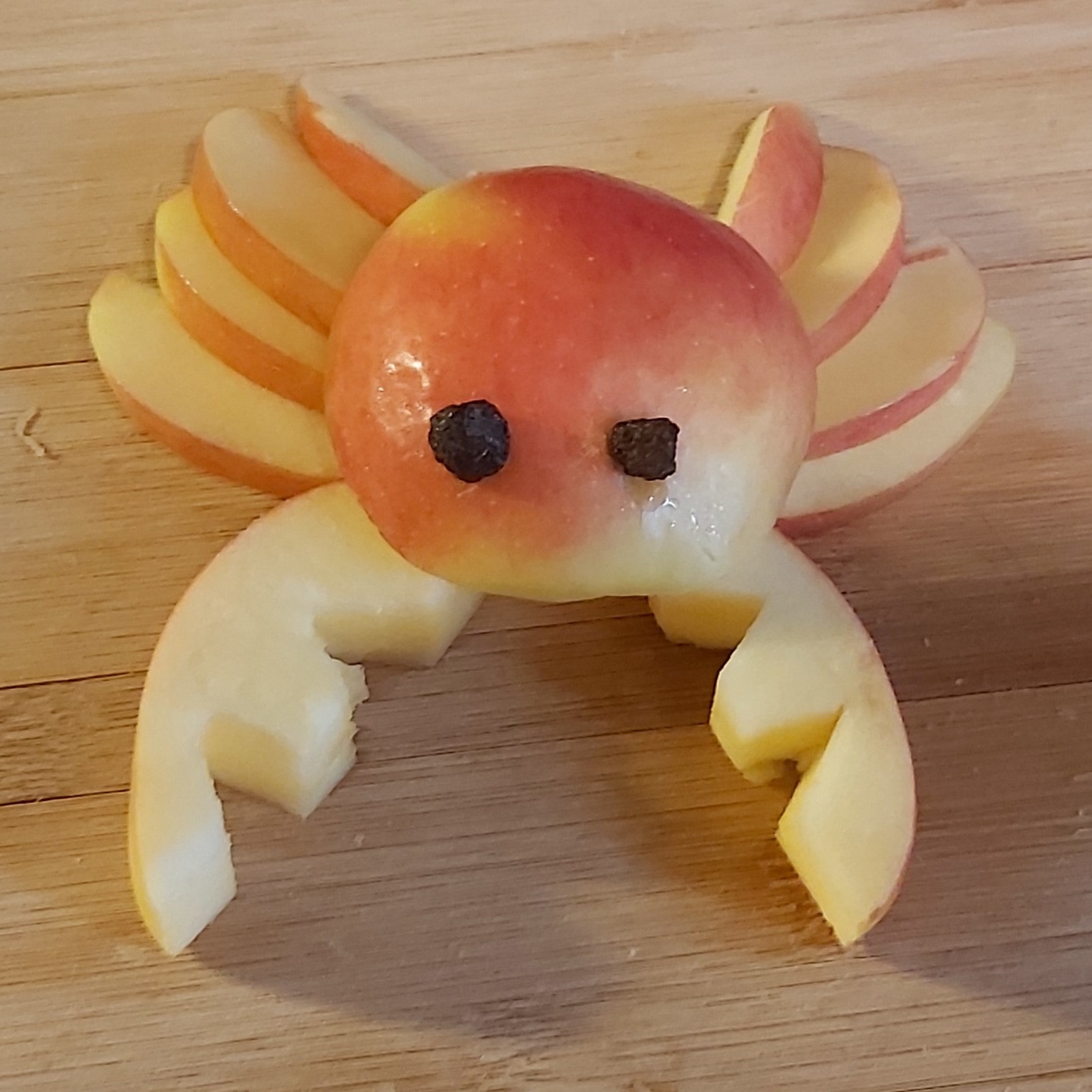
You’ve probably heard of a crab apple, but have you heard of an apple crab? We’ll show you how to make one!
Step 1: Cut your apple into thirds.
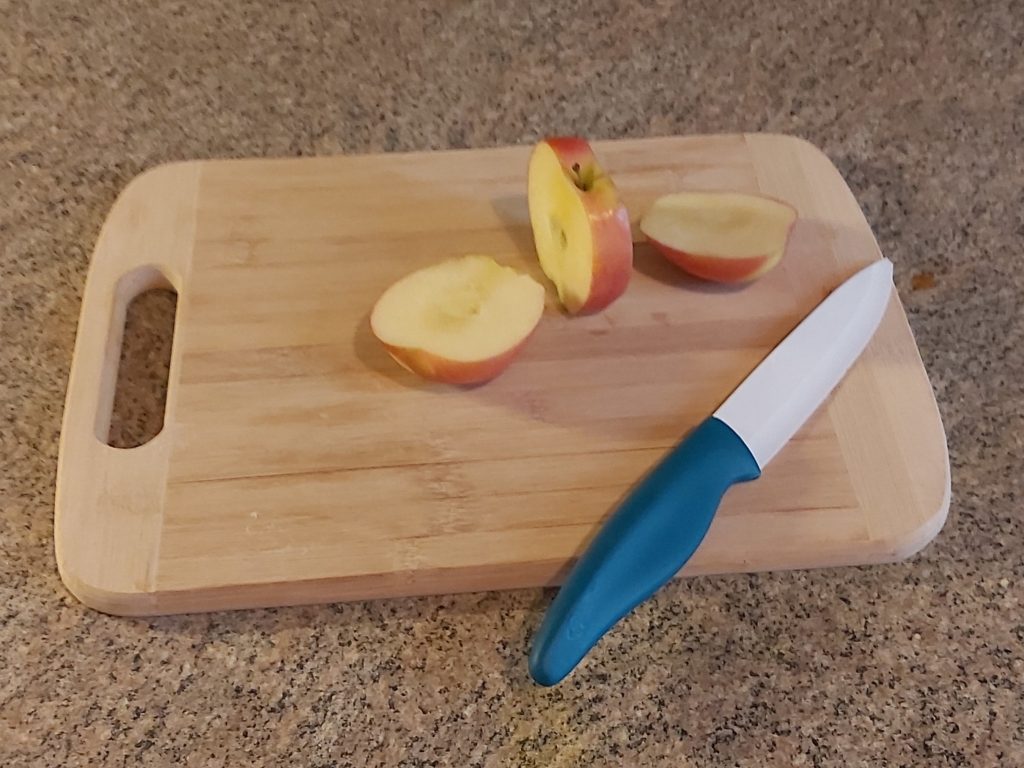
Step 2: Let’s start with your crab’s feet! Take 1 of the end pieces and slice it into thin wedges.
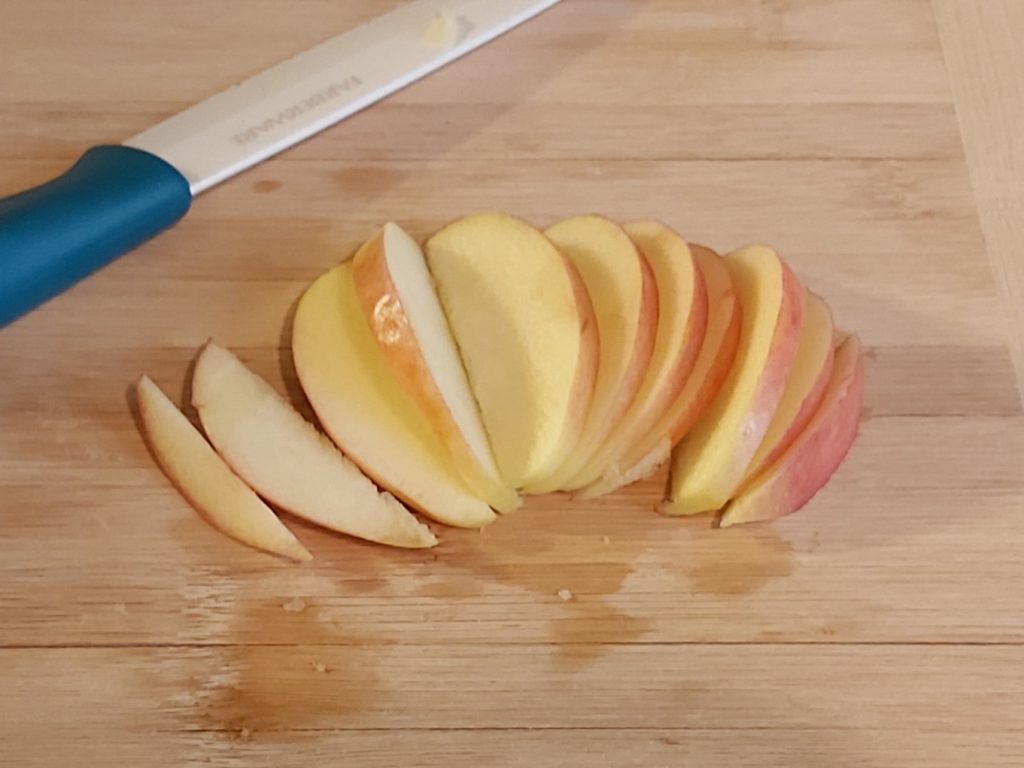
Step 3: Take the middle part of your apple and cut it into 3 new chunks. You’ll use the 2 outside pieces for your crab’s claws, but you won’t need the core.
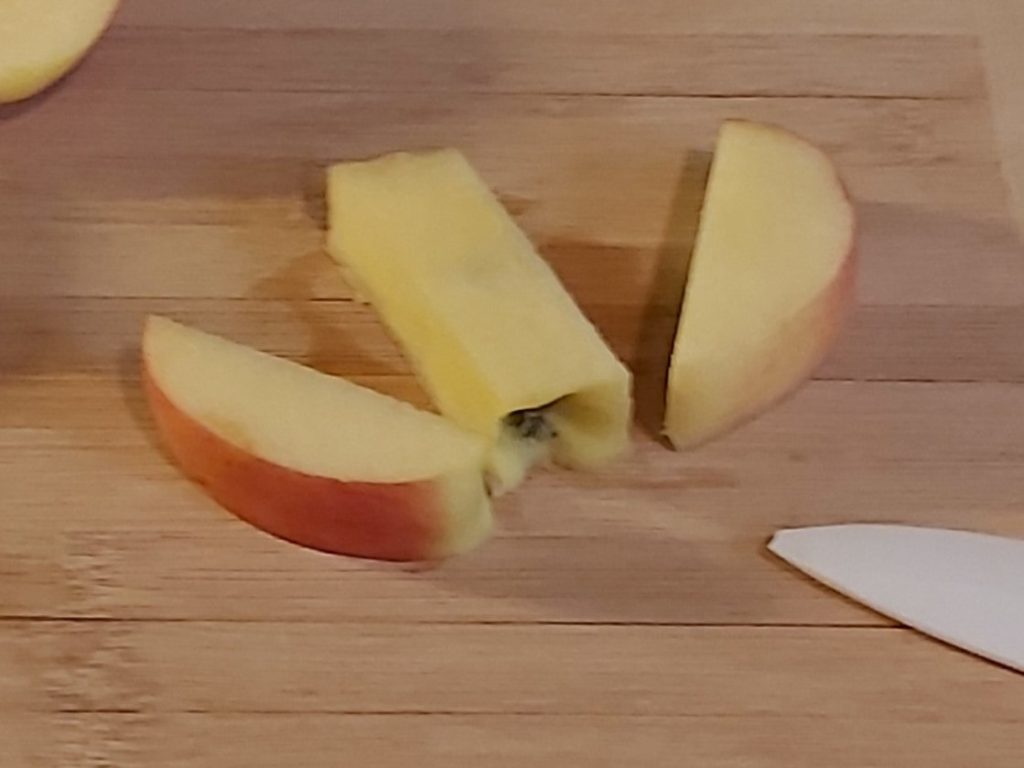
Step 4: Remove 2 triangles from the 2 outside pieces you just cut.
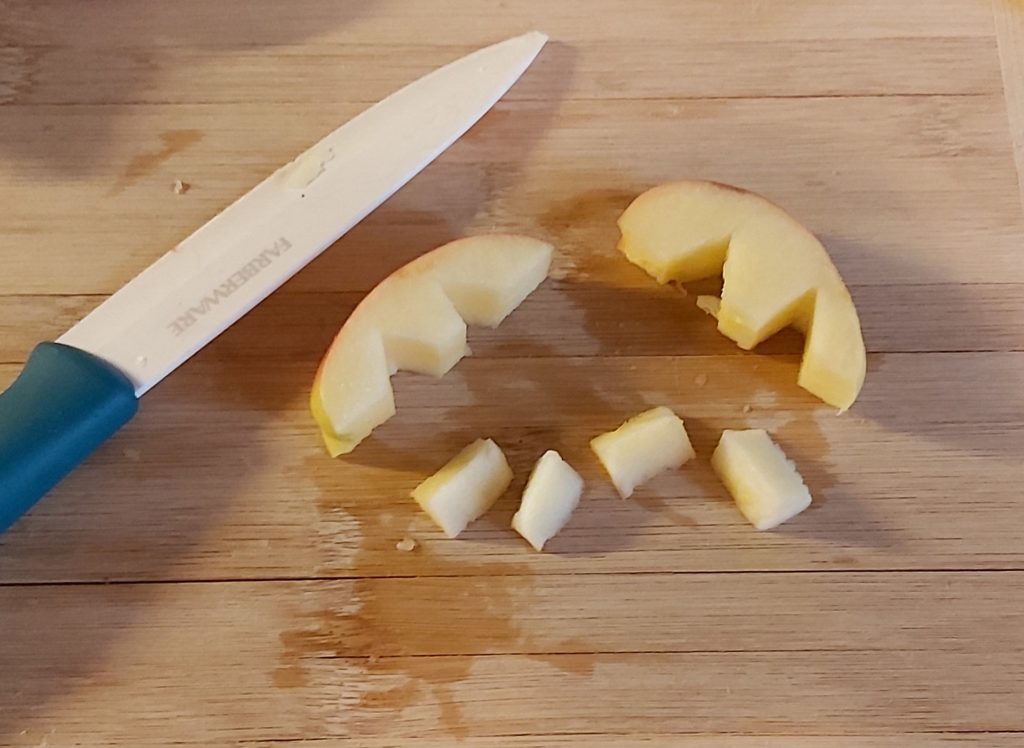
Step 5: Arrange the feet and claws into a little crabby base.
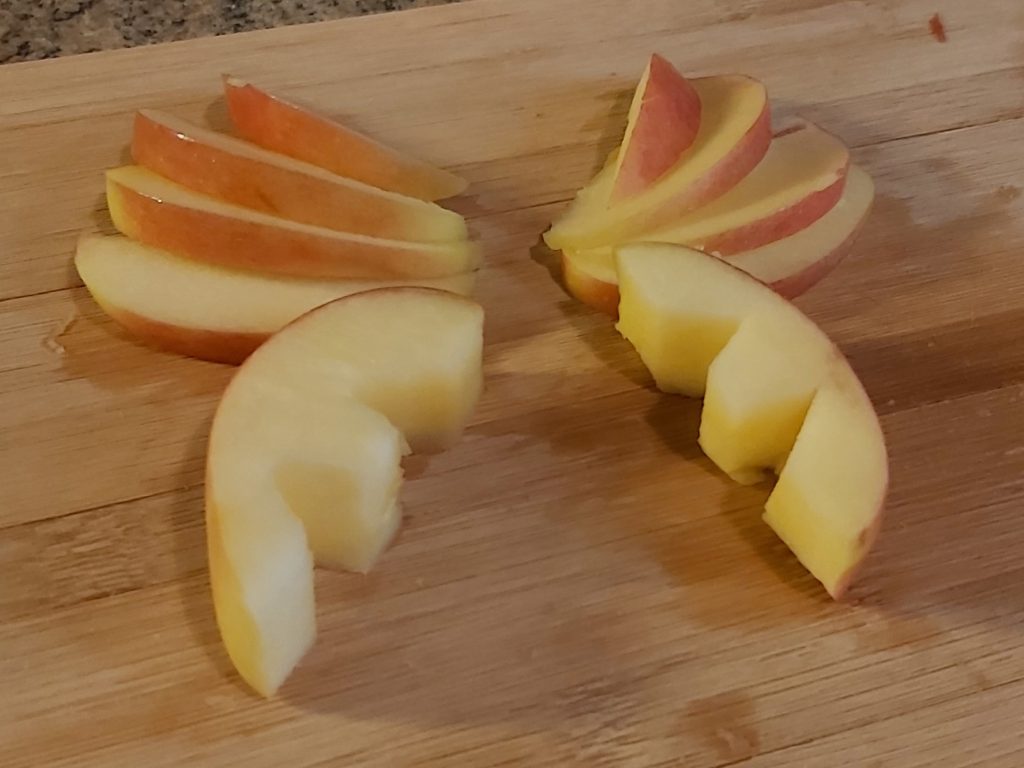
Step 6: Put the final piece of apple on top of the legs and claws.
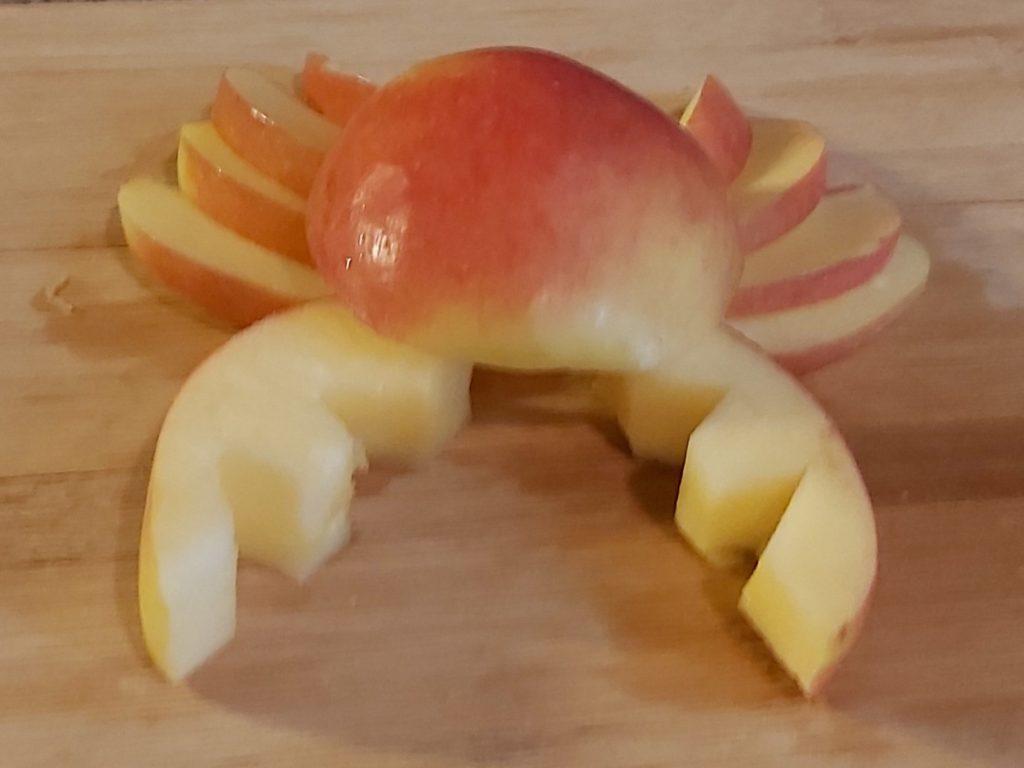
Step 7: Finally, give your crab some eyes! Cut little holes at the top of your crab’s head and push your raisins in.
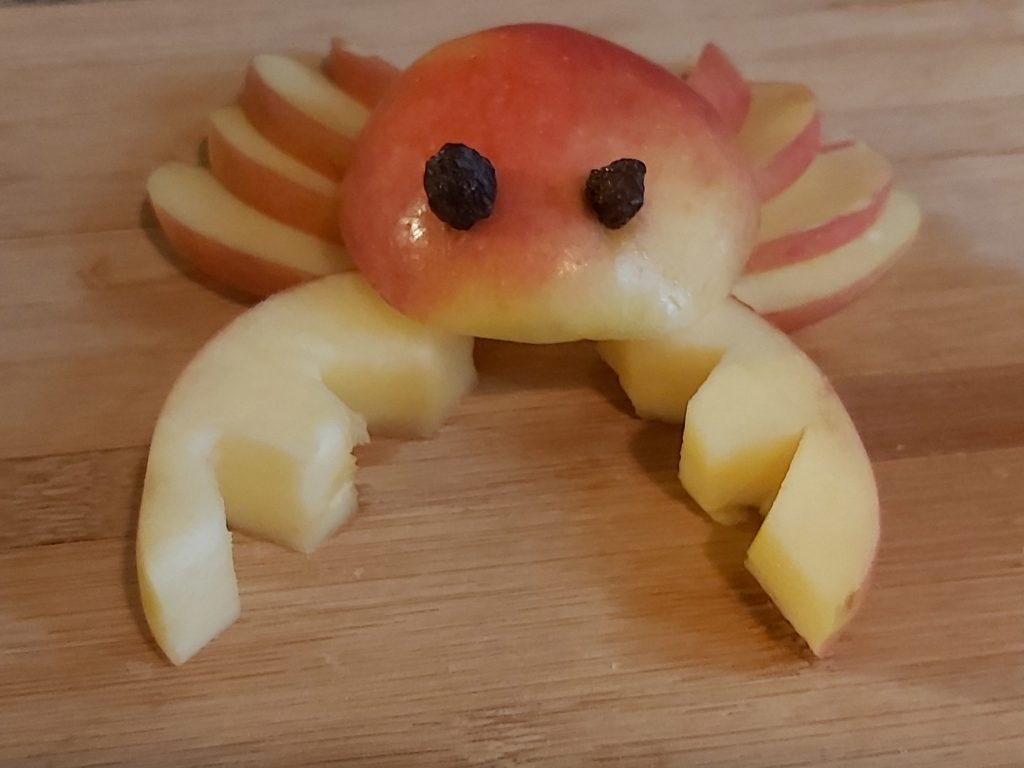
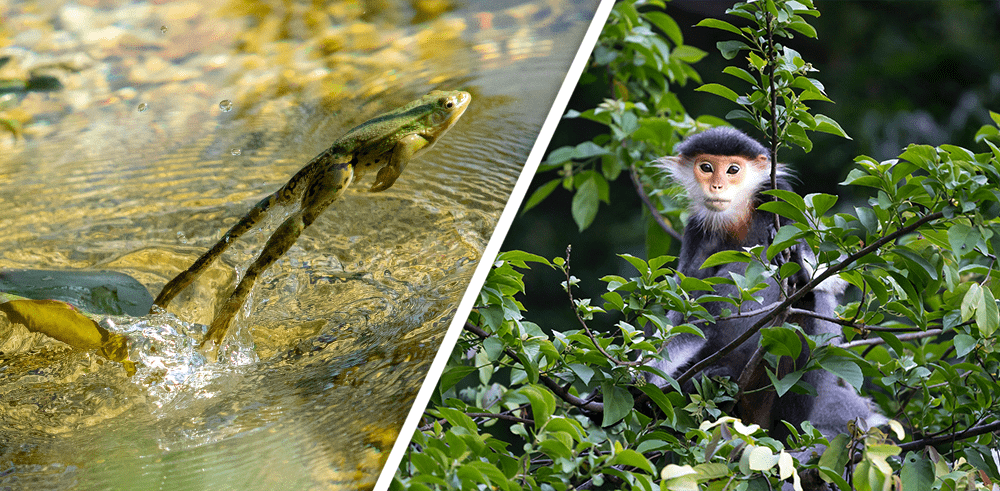
We’ve gotten tons of great guesses on Part 1 of this Pixel Puzzler and now it’s time for the answer. Are you ready for the great reveal? Find out if you got it right!
The answer to this Pixel Puzzler is (drum roll please) a cougar or mountain lion! How did you do? Tell us in the comments!
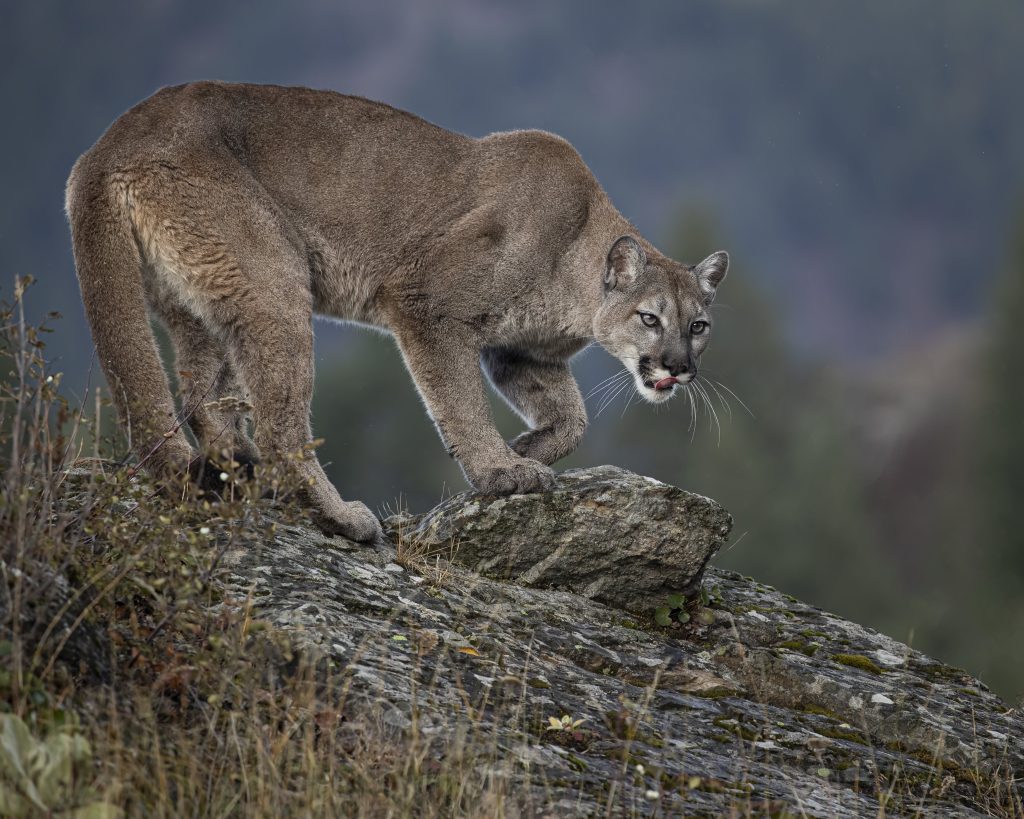
Hi Earth Rangers! The last time we talked with Kayla, our arctic fox research partner, she was just getting ready for her field season. Kayla’s goal is to help us learn more about how climate change is affecting the spread of insect-borne diseases amongst Arctic foxes. Since climate change makes it easier for insects to live further up north, animals like the arctic fox are becoming more and more exposed to them – and the diseases they can carry. This could mean big trouble for northern animal populations! That’s why it’s so important we learn more about how these insects are spreading and what this means for the animals they share their new habitat with. Let’s see what Kayla can tell us since her return from the field – and check out the amazing pics she came home with!
In May 2022, the team of arctic fox researchers from the University of Saskatchewan went up to the Canadian Arctic for a 2-month field season. Just like the previous 3 years, they found foxes that had strange fur loss caused by lice. These lice are different from the lice that humans can get. Lice are very picky about the animals that they infest, so fox lice probably don’t spend much time on other animals. They also make it harder for arctic foxes to survive during cold winters because they cause foxes to itch themselves a lot, which means that they lose their fur in patches and have a hard time keeping warm.
Recently, a meeting with all the Arctic fox experts from across the globe took place on Svalbard, Norway. At this meeting, researchers from the University of Saskatchewan (sponsored by Earth Rangers) and researchers from Svalbard met to discuss how to address this problem and what this means for the health of foxes in the future. Thanks for the support, Earth Rangers!
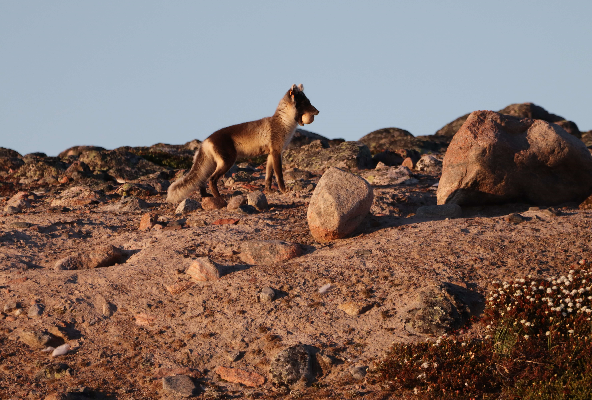
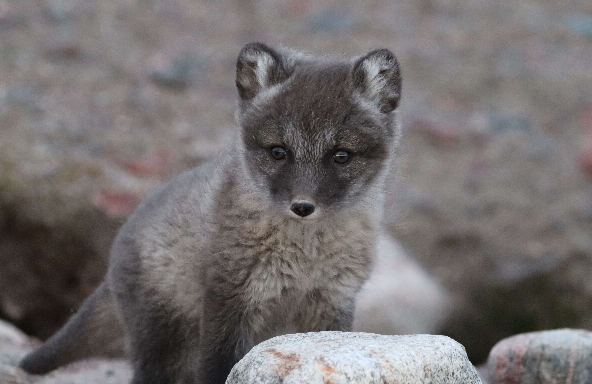
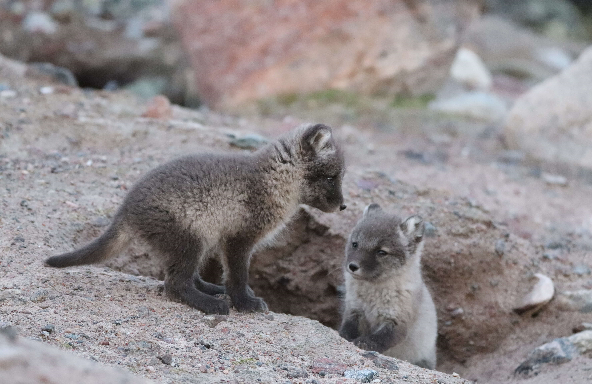
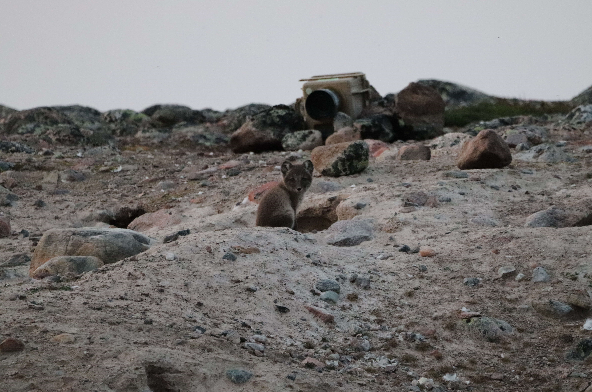
Head to the Adoptions Section in the Earth Rangers App or visit the Earth Rangers Shop to get your Adoption Kit and help make a difference today!


Dear Earth Rangers,
The last months have been very busy on my side! Last time I wrote you, I was back from Norway, for an international workshop on kelp forest ecosystem services, and now I am back from the field, where I spent a month in total in Cambridge Bay, and 2 weeks in Iqaluit.
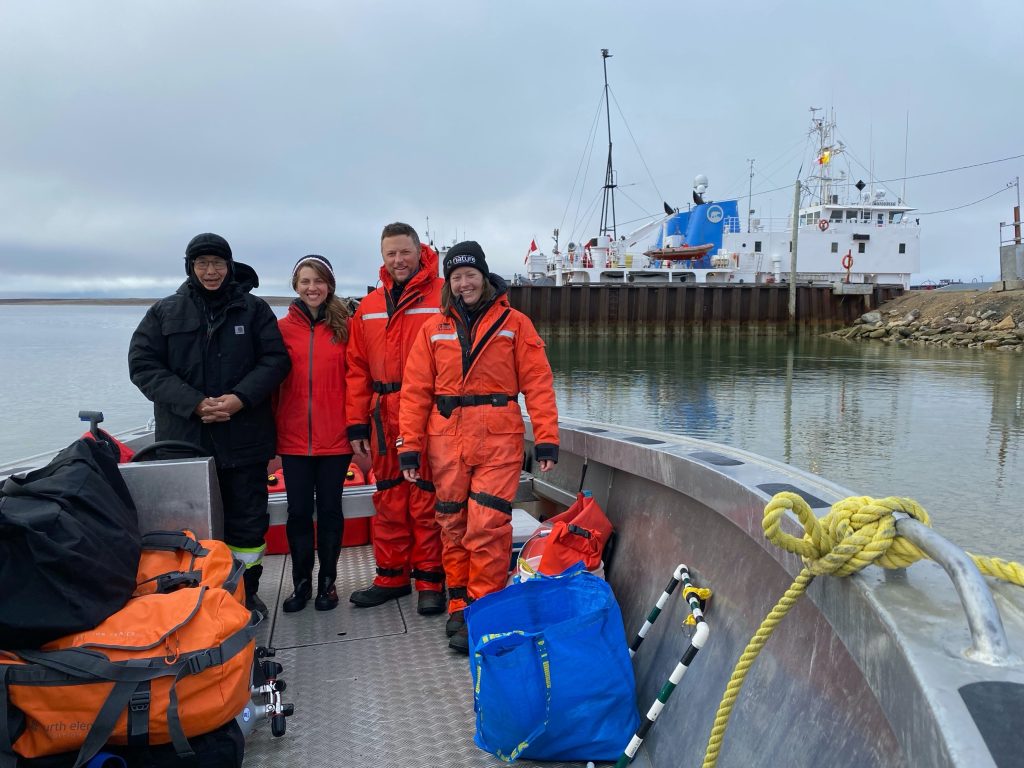
In Cambridge Bay, our work consisted mostly of daily dives – from the shore or from a boat – to explore, map and sample invertebrates, kelp and seaweed diversity at different sites. I worked in collaboration with two scientists from the Museum of Nature – teamwork makes the dream work!
We visited more than 20 different sites in the Cambridge Bay area and used underwater cameras (to scout the shorelines) and satellite images, along with our dives, to measure things like salinity (that’s a measure of how salty the water is!), water temperature, and depth. We dove between 5 to 15 meters to make our collections and spent between 8-12 hours per day on the boat when the winds were favorable. Check out some of the amazing marine life we spotted!
Diving in the Arctic is very challenging; you have to face freezing temperatures both inside and outside the water. In September, the water around Cambridge Bay is between 1 and 4 °C, while the air is between -1 and 5 °C. In such, we had to be very well equipped both for diving and for the long hours of steaming, out in an open aluminum boat!
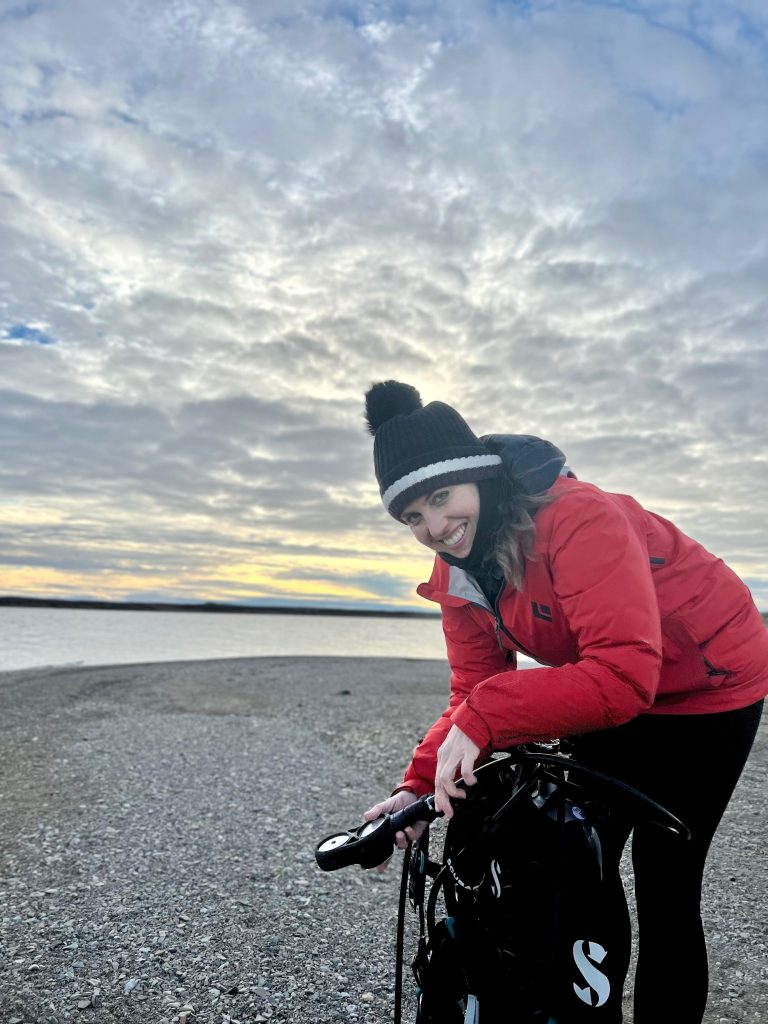
My personal dive gear consists of a drysuit, in thick neoprene, that has two valves, one to fill the suit with air, which keeps me warm as I go deeper, and one to empty the air, which helps control my buoyancy. I also have a vest, called a BCD, that I use mainly as a lifejacket and as a backpack to carry the air tank. One of my most precious piece of equipment is a regulator. It connects the air tank to my mouth, my BCD and my drysuit, and it must never freeze! On the pictures you can also see my dive computer that records all the precious information related to my dives – date, depth, duration, temperature -, and my special fins, that are weighted to keep my feet lower than my body as I swim. Most of the dive equipment is extremely heavy, because it’s so hard to go down in the water with so much volume. In such, if you have to wear extra layers to face the cold… you will also need to add more lead weights in your pockets to go down! I always carry 34lbs of lead with me on the field…
I could tell you a lot about my amazing dive experiences in Cambridge Bay but I think that the videos will talk for themselves. The water there is as clear as in the Caribbean, although the seascape often looks more like the Moon’s surface, or Mars, because everywhere is so barren, and so impacted by ice-scouring. At some of the sites – especially where the satellite images revealed ice-free areas during early spring – we found some precious kelp beds, acting as oasis of life. That’s also where I had a very special encounter with an Ugyuk, a Bearded seal!
The second round of field work took place in Iqaluit, where we used bait cameras (BRUVS) to study organisms like fish and tall invertebrates (crabs, gastropods) that move around a LOT. Bait cameras are made with an aluminum frame that stays in an upward position in the water; on one end there is a bait (very oily sardine), and on the other, a waterproof camera. We can deploy as many as 24 cameras per day, and have them film for over two hours. In total we have as much as 240 hours of footage to watch; this means a lot of popcorn! This stretch of work was very intense as we spent 12 hours on the boat each day, deploying bait cameras and also scouting the different habitats & depths with a Seaviewer (live feed underwater camera), but it was also a lot of fun, because our Inuit guides were very knowledgeable, chatty and also extremely funny! The best surprise that we had in Iqaluit was to discover the amount of kelp there. Kelp is everywhere; the forests are so dense you cannot see the substrate, and so high, it seems like an underwater Arctic… rainforest.
Meanwhile, I want to thank you Earth Rangers, sincerely, for providing precious research funds. I used it mainly to buy all the necessary equipment for my Arctic dives, and also for our Inuit boat guide, that took us out for the invertebrate collections we needed at the school and at CHARS for our presentations. Thank you for encouraging ArcticKelp!
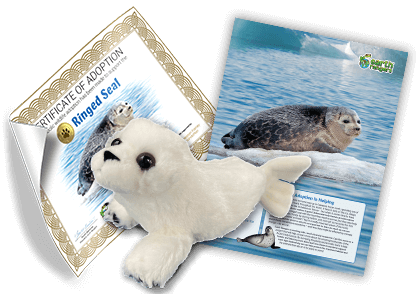
Don’t forget that you can help support this important research with a Ringed Seal Adoption Kit, available through the App or E-Store today!

Hi Earth Rangers!
Here is an update on what’s happening with the narwhals in Pond Inlet and my soundscape ecology research. I have almost completed the analysis of the narwhal calls from our 2017 and 2018 summer recordings and am busy writing the results up. Our recorders captured a total of 88, 655 narwhal calls! We have also heard vocalizations from ringed seals, bearded seals, and bowhead whales.
To understand the underwater sound environment in Tremblay Sound, I have looked at the patterns of sounds over the Inuit seasons and months. I have found that it is quietest in during the Ukiassaaq (Early fall) and Upringaaq (Spring) and loudest in Aujaq (Summer). It gets quieter when the sea ice is forming and melting because the slushy and soft ice absorbs more sound. In the summer the ocean becomes louder with noise from ships, marine mammals, waves, and the wind.


In December, I went to Toronto to share my results at ArcticNet, a conference for Inuit, arctic scientists, policy makers, and managers. I gave a presentation and had a poster showing the different results. My poster won a prize in the marine science category!
In 2023, I am planning a visit to the community of Pond Inlet, Nunavut to meet with the community members and share our research findings!
In other exciting news, after hearing the concerns of Inuit and scientists, the government has decided not to let the Baffinland mine expand its operations for now. This means narwhal won’t see an increase in shipping in this area until we can learn more about how these animals react to shipping and how to lessen the impact of shipping on Arctic marine mammals, Inuit communities, and the Arctic environment.

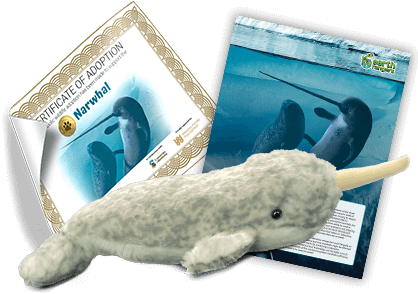
Don’t forget that you can help support this important research with a Narwhal Adoption Kit, available through the App or E-Store today!

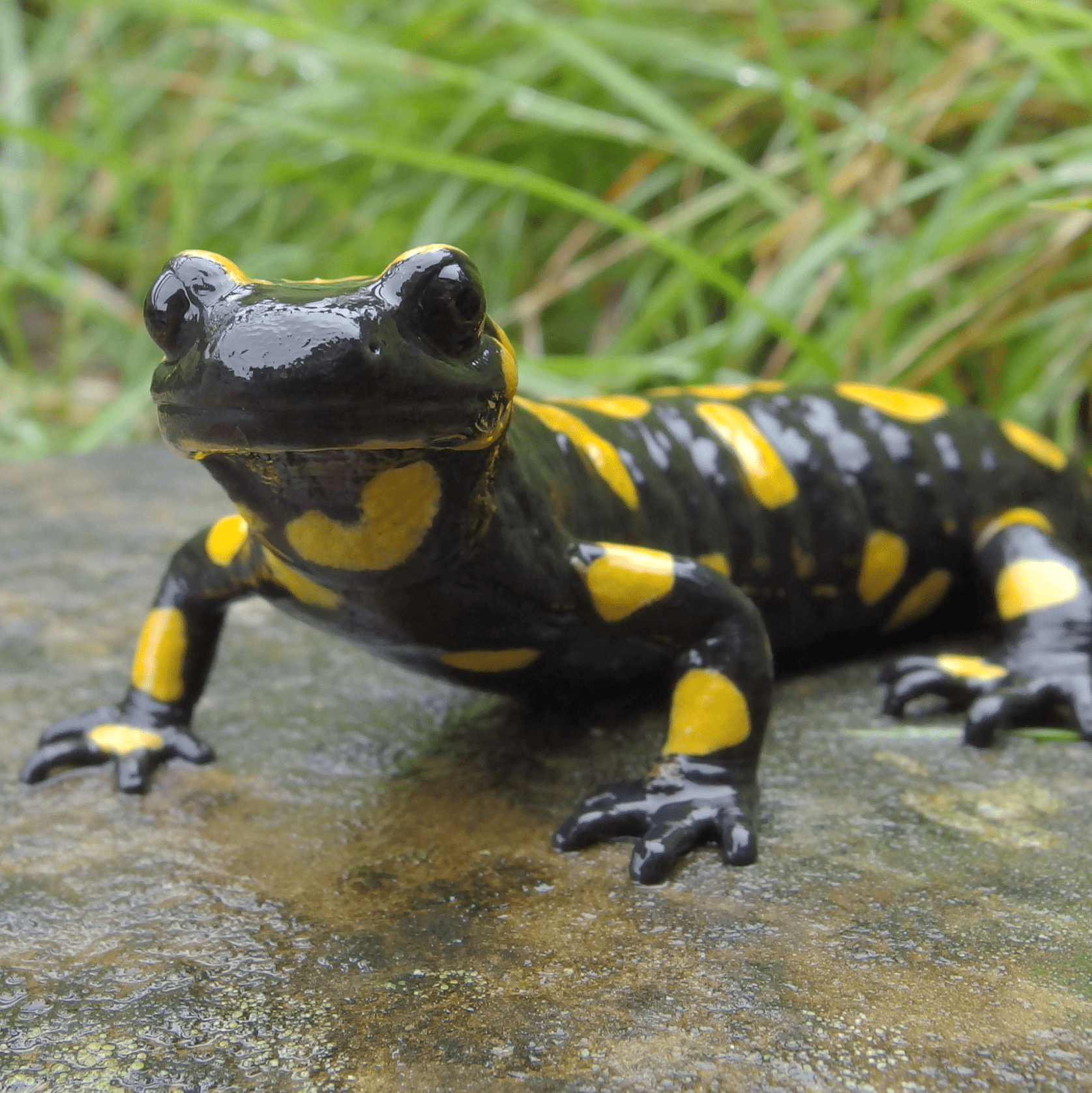
Time to test your super-skills in this super-duper quiz! See if you can guess what superpower belongs to each animal!
Last December, Earth Rangers called in expert Connie O’Conner, Ph.D., to answer some questions and teach us all about the peatlands. But what did we ask her? This is where you all came in. You gave us over 100 questions to quiz our Peatland Pro with and we selected our faves!
Press play on the video below to check the interview out! You’ll find out what makes peatlands so important to our fight against climate change and more! Our special bonus guest: meet our head-turner, the Eurasian Eagle Owl Gizmo!

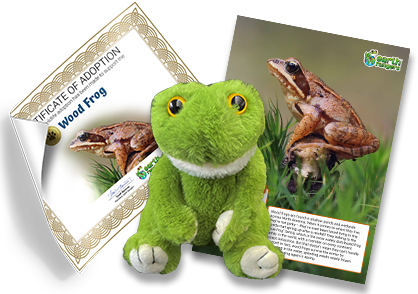
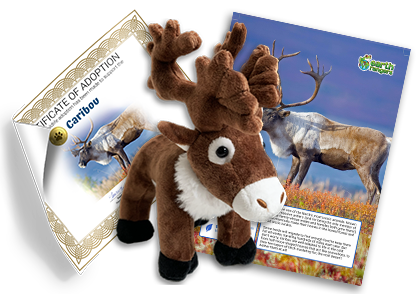
Tap here to learn more about peatlands and WCS Canada’s work!

